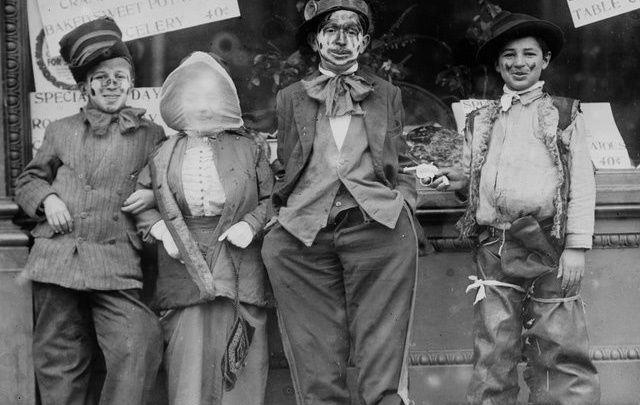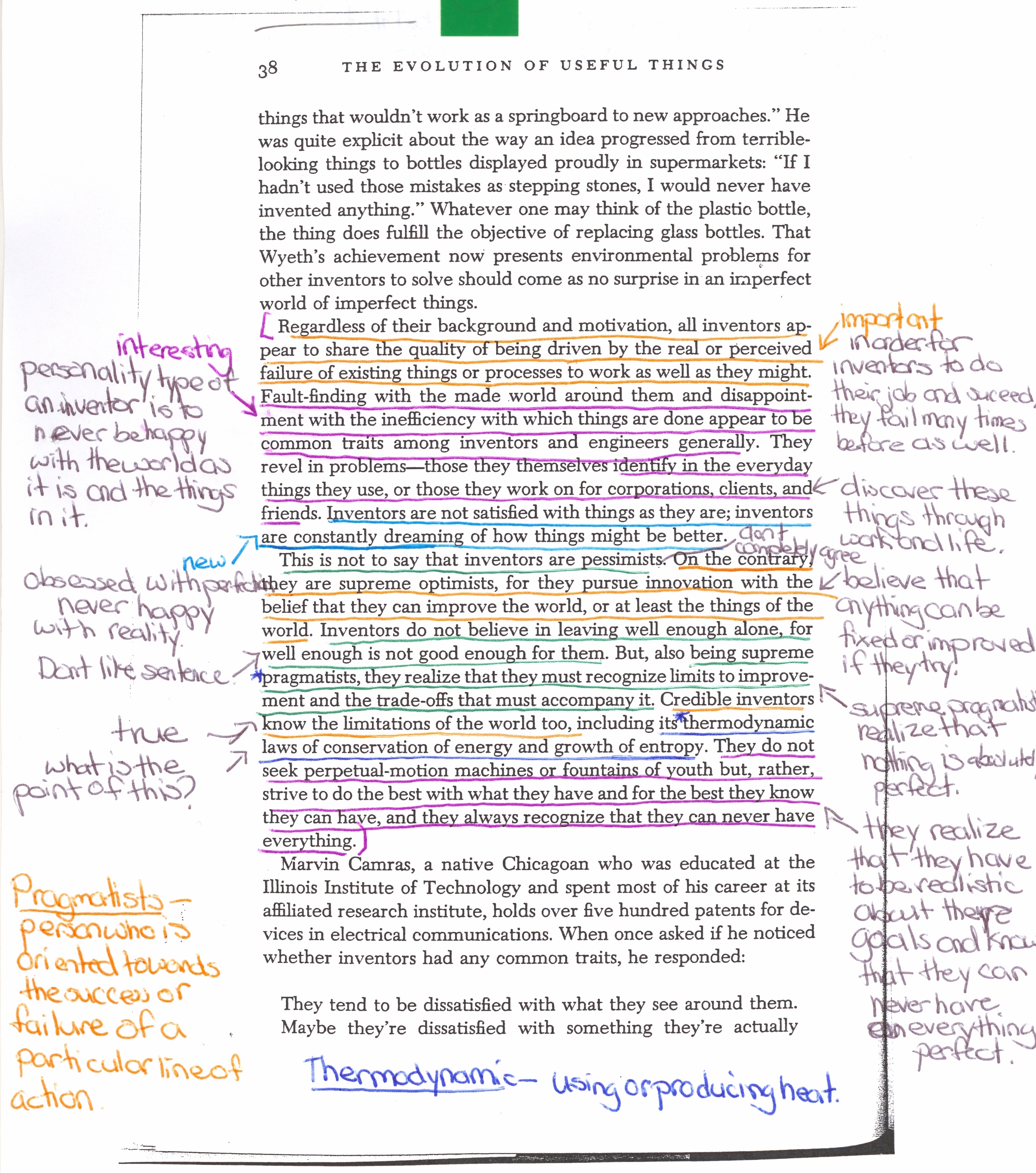One of these role models was the Gibson Girl. The Gibson Girl was nothing more than a mere fictional character, or at least she was to some extent. Although she was based off a real person, the Gibson Girl herself was not a real person. This, however, did not lessen the impact she had on women at all.
The Gibson Girl was depicted as many things: athletic, inelegant, independent, and much more. Dana Williams wrote that the Gibson Girl was the "New Woman" of the nineteenth century in her article on loc.gov . She also provided pictures that were drawn of the Gibson Girl. Some of these pictures included her bicycling, playing golf and tennis, horseback riding, mountain climbing, and swimming to show her athletic side. Others showed her playing instruments such as the piano or violin, or drawing or painting a portrait to show her artistic side. And others showed her serving on a jury or helping out her community to show her intelligent side. All of these depictions of The Gibson Girl made people wonder if all women could do the same things that she was doing and also made them view women in an entirely different way. But after her debut, there would soon become another role model for women: the Flapper.
The Flapper was first introduces to us in the Roaring 20's. History.com says that these "Flappers" were young women who were known for their energetic freedom and they embraced a life style that was viewed to be very "outrageous" at the time. Women were supposed to act very proper and conservative, but as soon as the 1920's and the Flappers came around, this would all change.
Contrary to societies beliefs of women at the time, Flappers were energetic and they embraced their new freedoms that they were achieving. In August of 1920, the 19th Amendment was passed which gave women the right to vote. This also game women a sense of freedom and equality that they had been urging for a while. And History.com also states that in the early 1920's, Margaret Sanger made it a goal of hers to provide women with contraception. She made this goal and it started a domino effect of women's rights that later led to things such as birth control.
Flappers have a classic image of which they are known by. This would be a "party girl" who smokes and drinks in public, danced in front of everybody in jazz clubs without a care, and practiced a sexual freedom that women did not have until this time. All of these things that they were known for shocked and repelled their parents who were raised under different standards in the Victorian Age. They were also known for their attire. This attire included a shorter dress that what society was used to. This dress came down to only their knees, which showed their calf and they also had lower necklines on the dress. They were not formfitting at all. In fact they were straight and slim which matched the preferred silhouette at the time.
Both of these role models shaped the evolution of women in many ways. Julia Hider states in her article that both of these women had very defined roles in society. They were upper class and athletic and intelligent and much more and this paved a new road for women. They even eventually made a mark on women's fashion. Kelly Richman-Abdou said that fashion illustration is intended to showcase the materials, colors, and designs of the clothing. Women went from wearing ballgowns to pants and all of this had something to do with the Gibson Girl and the Flapper. Not only did they make an impact in regular clothing, they made an impact in athletic wear as well. Bbc.com states that in the early 20th century, women's athletic wear was uncomfortable and restricted their performances. But that soon changed when the Gibson Girl made her impact. Now, thanks to her, women's athletic wear is just as good as men's. All of these examples are just a few on how the Gibson Girl and the Flapper helped form women into what they are today.







